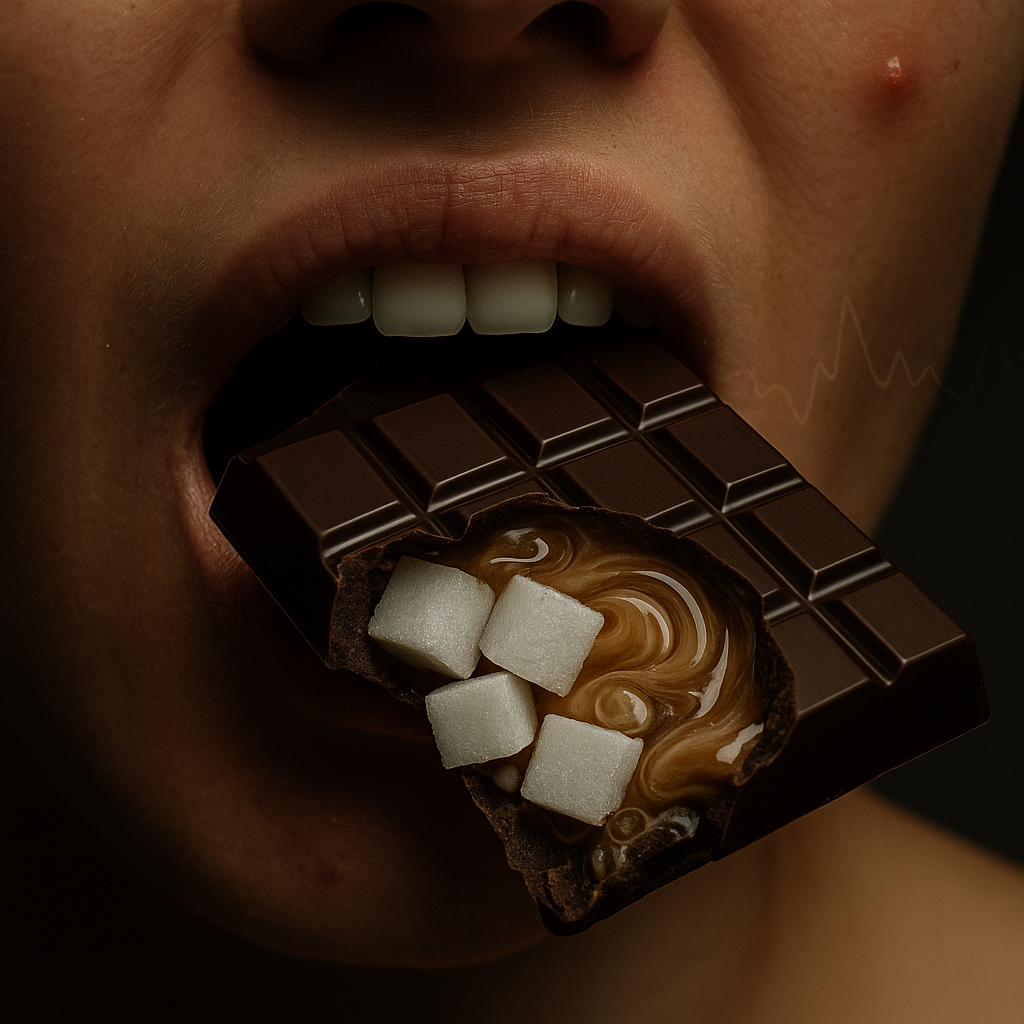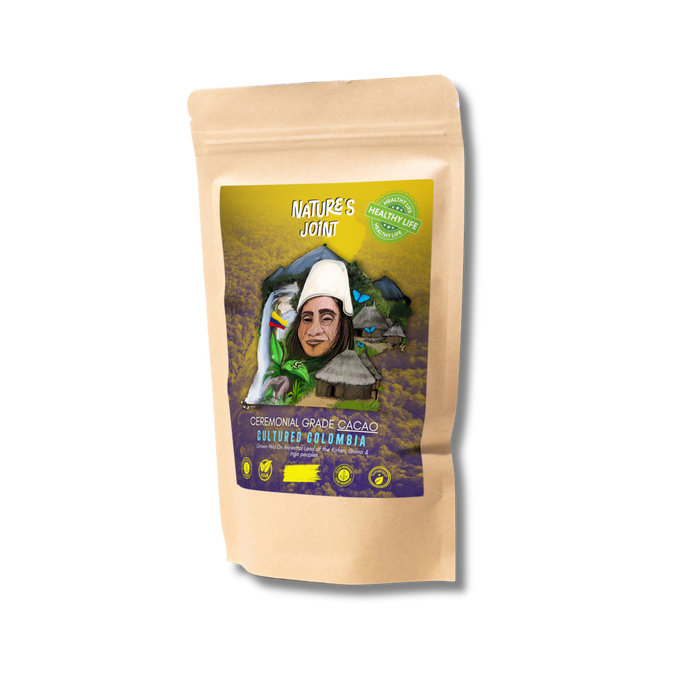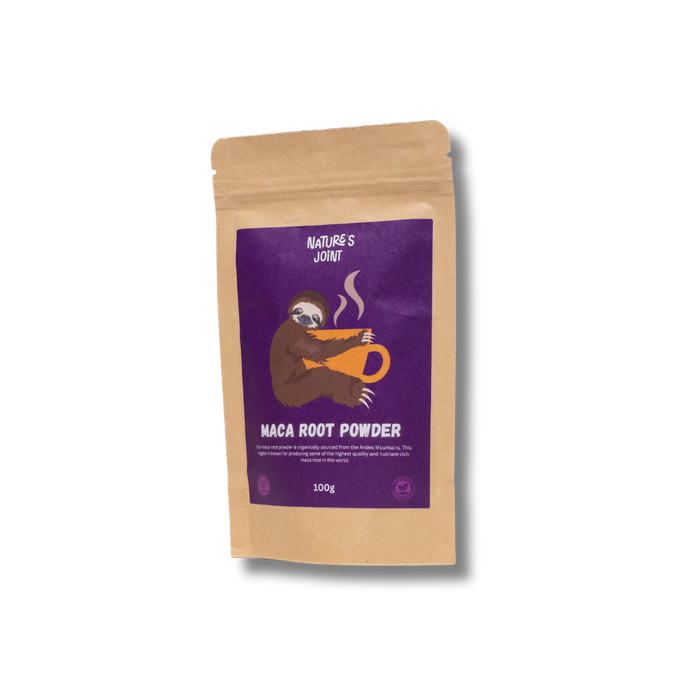

The Hidden Ingredients of Chocolate: What You’re Really Eating
When most people think of chocolate, they imagine a comforting bar, a sweet treat, or a little indulgence after dinner. But behind that glossy wrapper is often a very different story than you might expect.
Pure cacao, the seed of the Theobroma cacao tree, meaning “food of the gods”, has been consumed by humans for thousands of years. From sacred rituals in ancient Mesoamerica to being traded as currency, cacao was once revered as medicine and ceremonial, not candy. Today, however, what most of us call chocolate is far removed from its origins.
Let us take a journey through history, the processing, and the hidden ingredients of modern chocolate, so you can see the difference between what cacao truly is and what the chocolate industry has turned it into.

A Brief History of Cacao
-
Mokaya Origins: Archaeological evidence shows that the Mokaya people in Soconusco were among the first to cultivate and drink cacao over 3,000 years ago. Their tradition was later adopted and developed by the Olmecs.
-
The Mayans and Aztecs: For these cultures, cacao was not a sweet luxury but a revered, frothy drink, often mixed with maize, chilli, or spices. It was consumed for energy, spiritual connection, and vitality. Cacao beans were so valued that they were even used as currency.
-
Colonial Transformation: When cacao was brought to Europe in the 16th century, it was altered with cane sugar and milk to suit European tastes. This was the beginning of chocolate as a sweet treat rather than a sacred or medicinal food.
-
Industrialisation: By the 19th and 20th centuries, companies such as Cadbury, Nestlé, and Hershey were mass-producing chocolate. Additives became the norm to make products cheaper, sweeter, and more shelf-stable, and the connection to pure cacao was almost entirely lost.
What’s Really in a Chocolate Bar?
Look at the ingredients label of most supermarket chocolate bars. Beyond the word cocoa (or cacao), you will often find:
-
Sugar (sometimes more than half of the bar)
-
Milk powders
-
Vegetable oils such as palm oil or soybean oil
-
Lecithin (usually soy, used as an emulsifier)
-
Artificial flavours or cheap vanilla substitutes
Even when labels claim things like “70% dark chocolate”, the remaining 30% is usually sugar, fillers, and additives. Many chocolate makers are crafty, marketing their products as premium while quietly reducing the actual cacao content.

The Problem with Over-Processing
Why is it called chocolate rather than cacao? Because what we know as chocolate is almost always processed cacao: roasted, ground, refined, alkalised, and mixed with other ingredients until very little of the original cacao bean remains.
Processing often strips away:
-
Magnesium, iron, and antioxidants that are naturally abundant in raw cacao
-
Theobromine’s energising and heart-opening qualities
-
The unique flavour notes from different cacao origins
When companies market “100% chocolate”, it usually means 100% processed cacao mass, not pure, wholefood cacao in its original ceremonial form.
Cacao vs Chocolate: What’s the Difference?
-
Cacao: Refers to the raw or minimally processed seed of the cacao pod. This is what ancient cultures consumed and what we use in ceremonial cacao: close to nature, nutrient-dense, and intended as a wholefood.
-
Chocolate: Refers to the processed product: ground, sweetened, mixed, and industrialised. Even high-end bars are still crafted for taste rather than nourishment.
That is not to say all chocolate is bad. Some artisan makers create beautiful bars with high cacao content and minimal sugar. But for those seeking clean eating, nourishment, and connection to the source, it is important to recognise the difference.
Where Cacao Really Comes From
Every piece of cacao begins as a colourful cacao pod, grown on the tropical cacao tree. Inside the pod are seeds surrounded by a sweet white pulp. Farmers harvest, ferment, and dry these seeds, and this becomes the foundation of all cacao and chocolate products.
In its pure form, cacao is a wholefood, full of magnesium, antioxidants, and mood-enhancing compounds. It is also a bridge to thousands of years of tradition, used in ceremony to open the heart, bring clarity, and connect communities.

Choosing Wisely
Next time you are standing in front of the chocolate aisle, pause. Look beyond the wrapper and the marketing. Ask yourself:
-
How much real cacao is in this bar?
-
What fillers and additives am I consuming?
-
Is this crafted for my health, or for my cravings?
For those who want a deeper relationship with cacao, there is a world beyond the supermarket bar. Pure ceremonial cacao takes you back to cacao’s roots: nourishing, powerful, and unadulterated.
To find real, minimally processed cacao sourced ethically and sustainably, with no nasties added or taken away, you can discover our products here: www.naturesjointcacao.com










